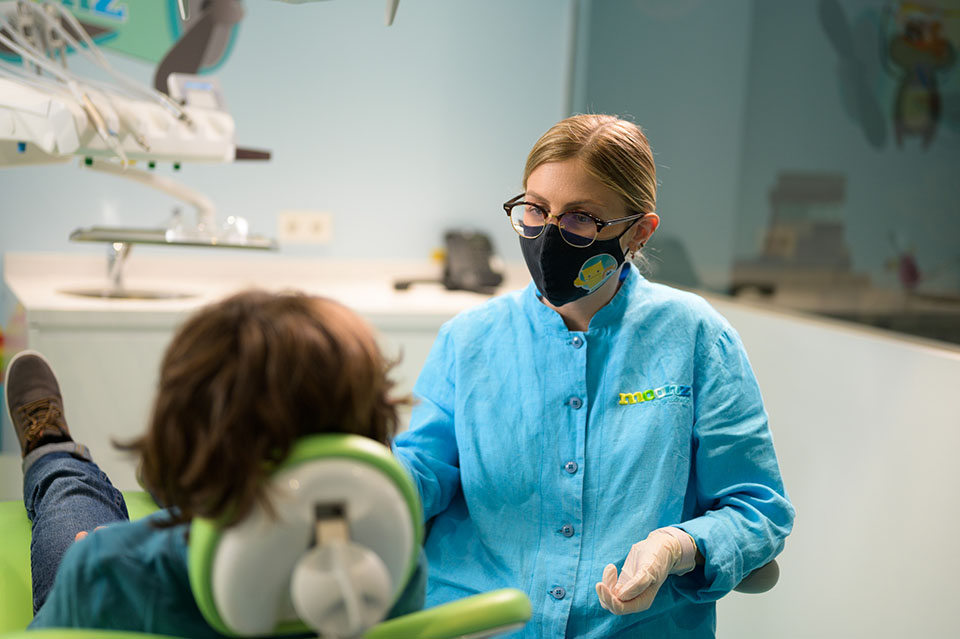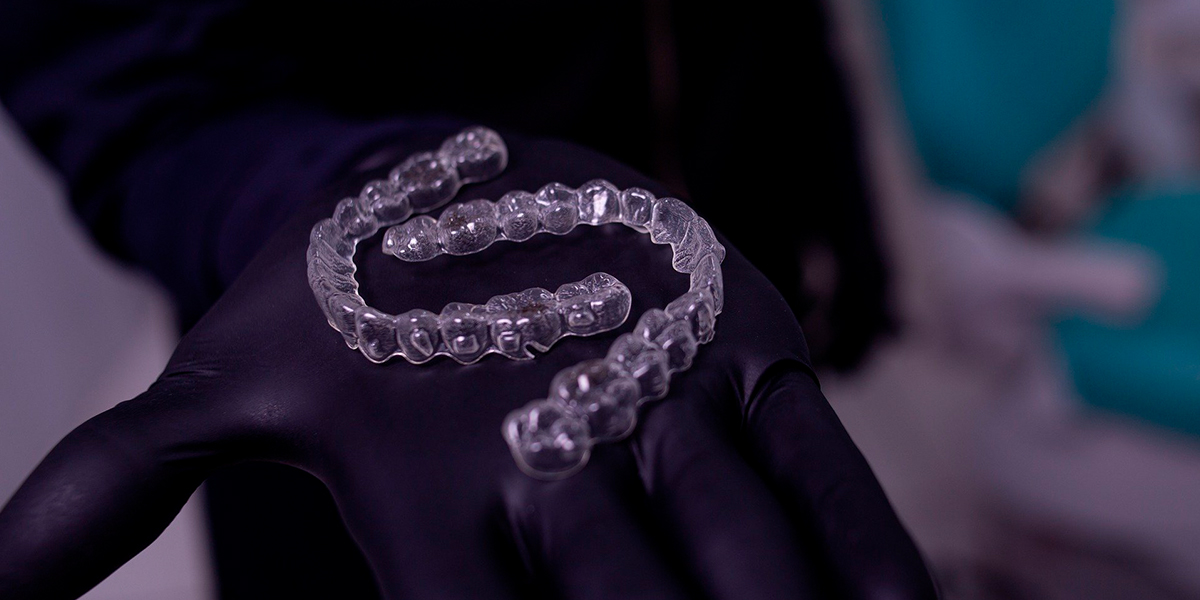The evolution of orthodontics has been spectacular in recent years. We have gone from orthodontics that has been clinically and technically very simple to the complex orthodontics that we use today. The field is so broad and complex that it requires 3 years of postgraduate university studies after completing a dentistry degree.
Nowadays, there two large social groups that require orthodontic treatment: young children (7 years) and adolescents and adults.
We are going to focus a little more on the treatment techniques for this second group. The majority of these patients prefer invisible orthodontics, that is, those in which the braces are not as visible. Several techniques have been developed to respond to this patient need.
- Lingual orthodontics: Undoubtedly the best and most invisible orthodontics. The braces are placed behind the teeth so “nobody will know that you are wearing braces.” Lingual orthodontics allows for a large degree of case control, more than other invisible orthodontic techniques. It therefore offers the patient a high-quality invisible option.
- Orthodontics with sapphire braces: Somewhat less invisible, but still more aesthetically-pleasing than metallic braces, are sapphire braces, which are completely transparent. These are placed on the vestibular face of the tooth (the side that is seen), but because they are completely transparent and adaptable to tooth colour, they are very aesthetically pleasing and concealed. Many adolescents and adults use them.
- Removable orthodontics: There are other, non-fixed, invisible orthodontic techniques. These are called removable techniques, meaning that they are devices that can be removed, such as Invisalign. Though the results are more limited than with fixed techniques, they also have their place.
As we can see with these techniques – lingual orthodontics, sapphire braces and removable orthodontics – many patients’ requirements are met without the need for the famous metallic braces. Invisible orthodontics, therefore, ensures treatment quality while also obtaining the goals sought by such treatment.
Post published by Dr. Myriam Sada.




























